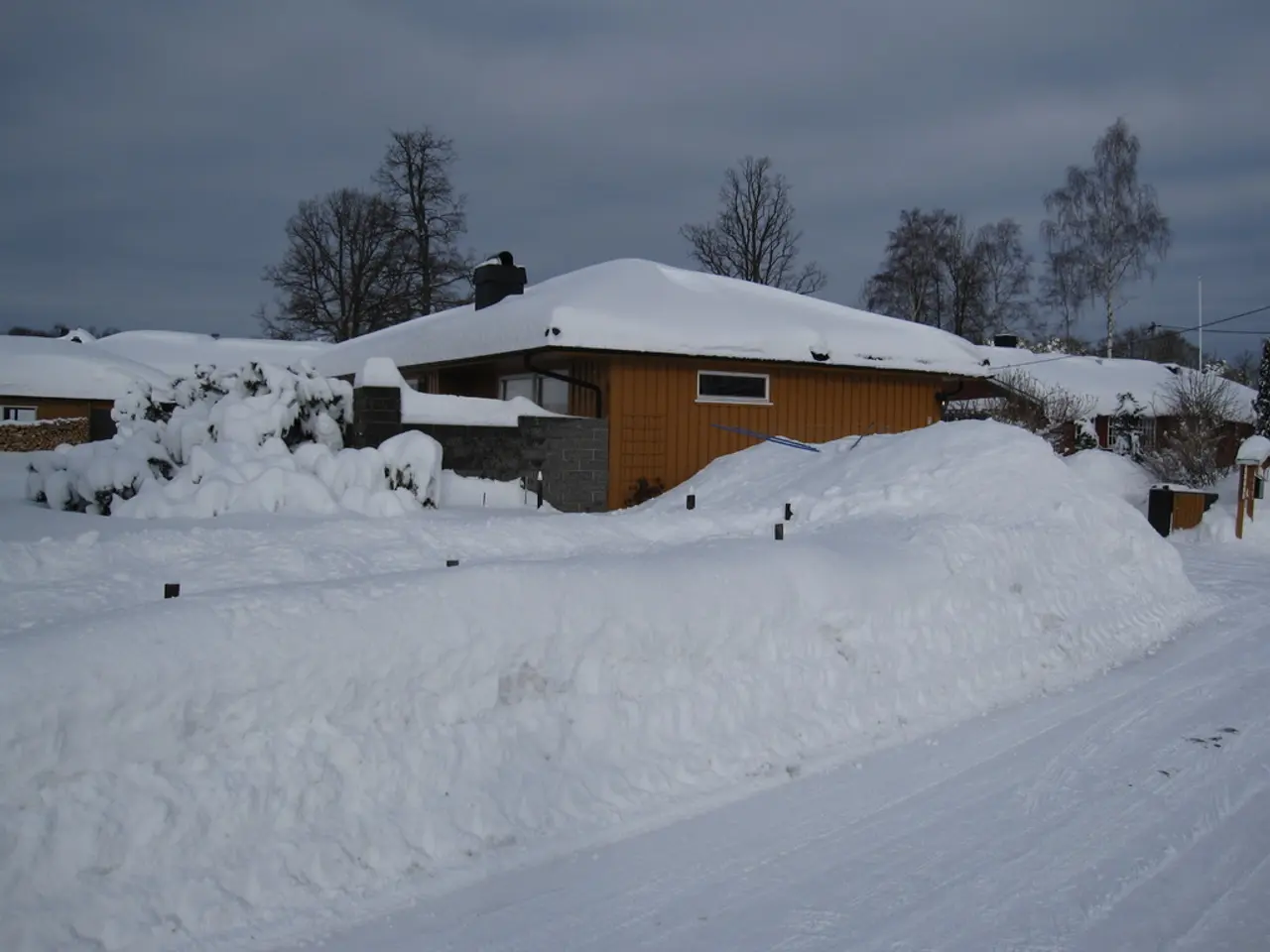Unbearable heat, excessive humidity, and overcast skies characterize the month of July in the northwest region.
Warm, Wet, and Gloomy Weather in Lower Saxony and Bremen in July 2025
Lower Saxony and Bremen experienced an unusual weather pattern in July 2025, with temperatures, rainfall, and sunshine levels deviating from the long-term averages.
According to the German Weather Service (DWD), the weather in July was characterized as too warm, too wet, and too gloomy. Stade in Lower Saxony, for instance, recorded temperatures around the mid-60s to upper 70s °F (about 18-25 °C) with low clouds and high dew points, indicating moisture in the air. Bremen and Achim (near Bremen) experienced mostly overcast skies, humidity around 50-70%, and moderate temperatures without strong sunshine.
The region’s exposure to humid air masses from the nearby North Sea, frequent cloud cover, and possibly low-pressure systems contributed to the gloomy and wet conditions. The Weser River and proximity to the coast increased humidity and chances of fog and cloudiness in these areas.
In Lower Saxony, rainfall was 93 liters per square meter, over a quarter more than the long-term average (73 liters per square meter). Particularly wet areas included the Emsland to the Elbe estuary and towards the Harz, where 100 to 130 liters per square meter of rain was recorded. Bremen also received over a third more rain than the long-term average, with 102 liters per square meter.
Sunshine hours were also affected. Lower Saxony had 167 hours of sunshine in July, tying it with Schleswig-Holstein for second-to-last place in state rankings. Bremen, however, managed 168 hours of sunshine.
While detailed synoptic meteorological analyses or specific atmospheric drivers are not provided in the available data, the forecasts and reports indicate a pattern of persistent moisture, cloud cover, and mild temperatures typical for northern Germany’s coastal-influenced climate that month.
In summary, the prevalent warm but not hot temperatures, combined with high humidity and extensive cloud cover, caused the particularly wet and gloomy conditions in Lower Saxony and Bremen in July 2025. This weather pattern fits the climatological context of northwestern Germany being influenced by maritime air bringing moisture and cloudiness in summer.
While the anomalous weather in July 2025 in Lower Saxony and Bremen was predominantly warm, wet, and gloomy, these conditions were especially evident in the region's environmental science, as the unusual precipitation and cloud cover deviated significantly from historical averages. The process of this weather pattern was likely driven by the region's exposure to humid air masses, frequent cloud cover, and possible low-pressure systems, all of which are common in the coastal-influenced climate of northwestern Germany.








